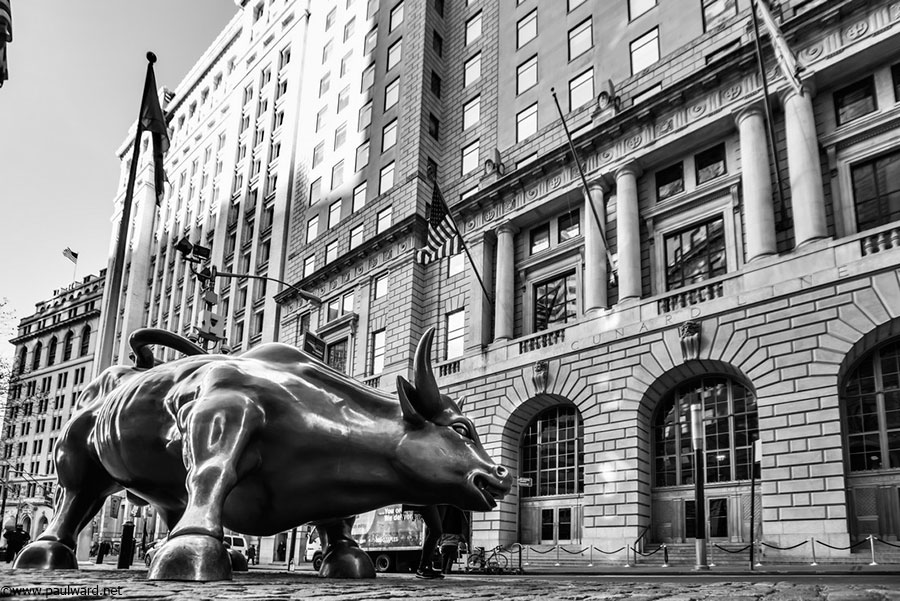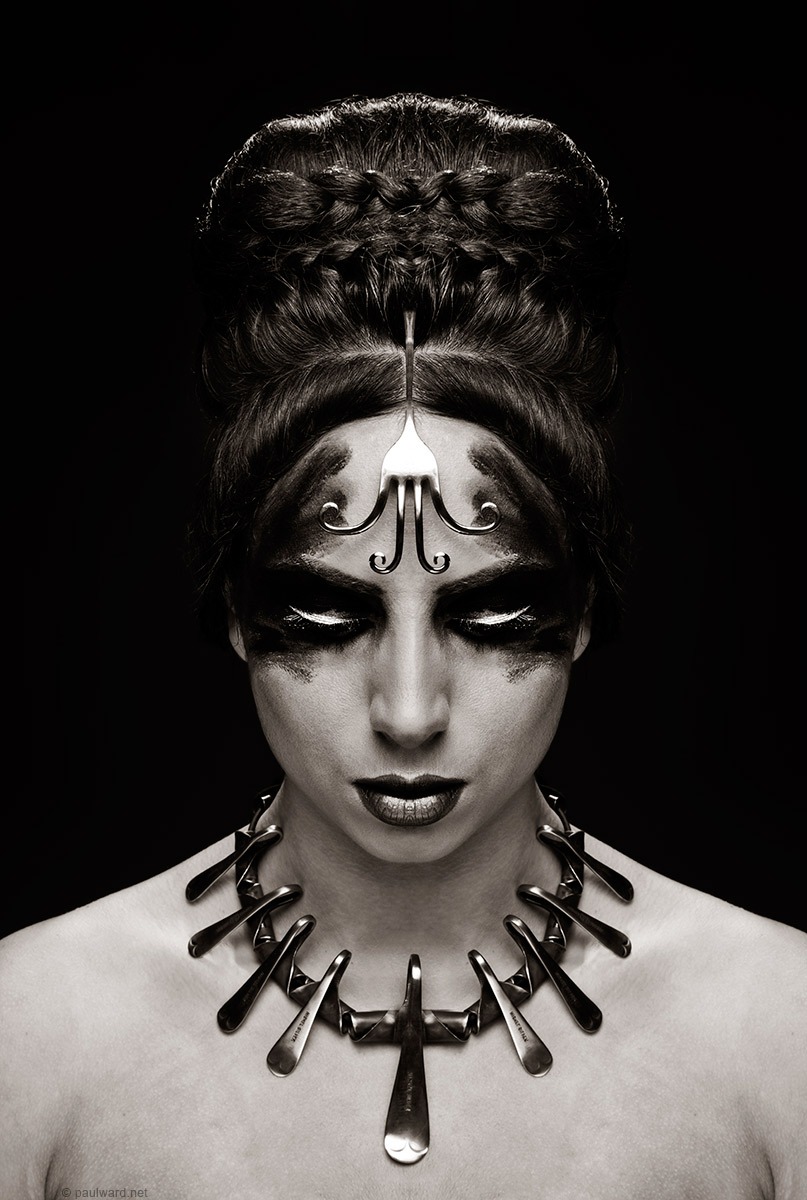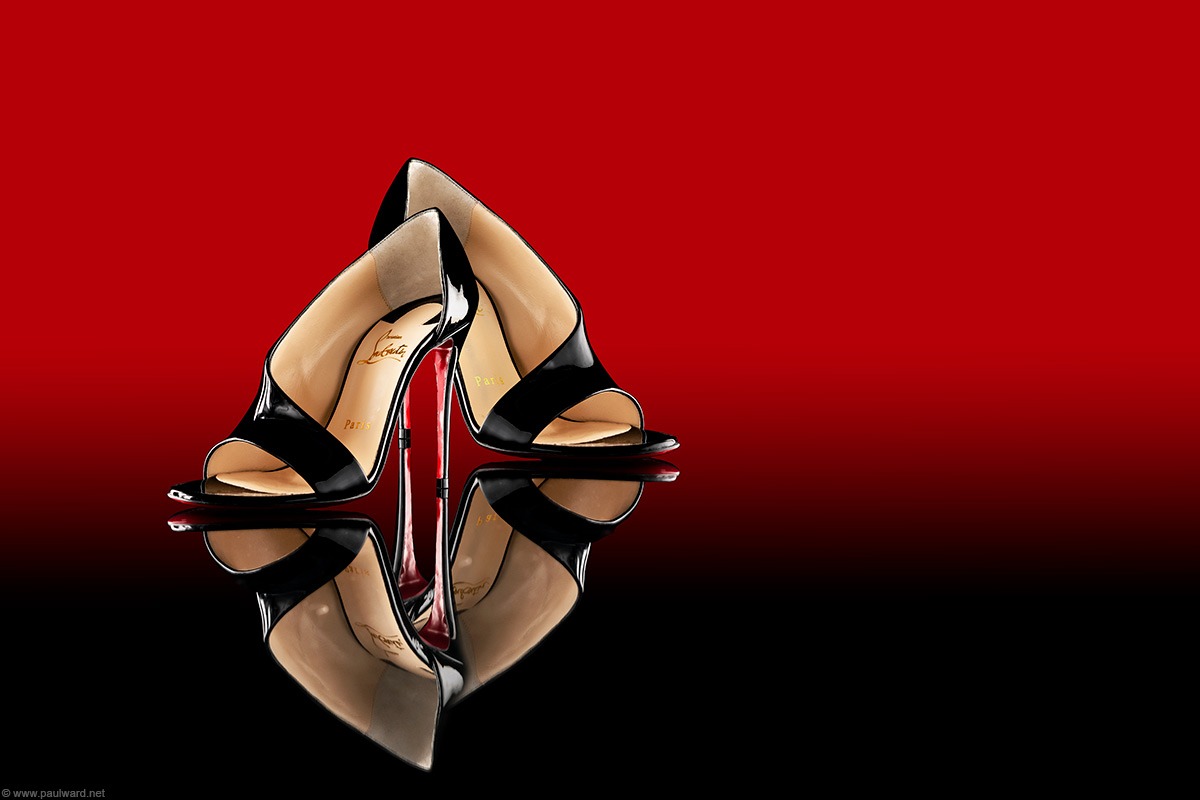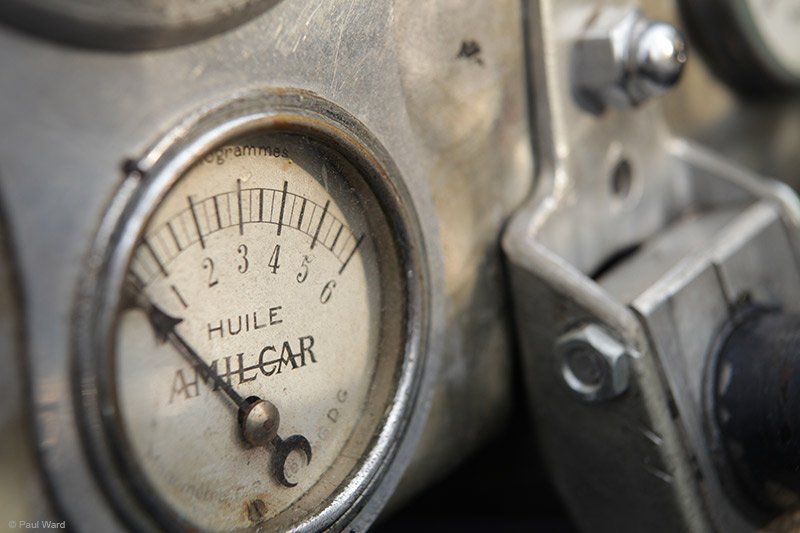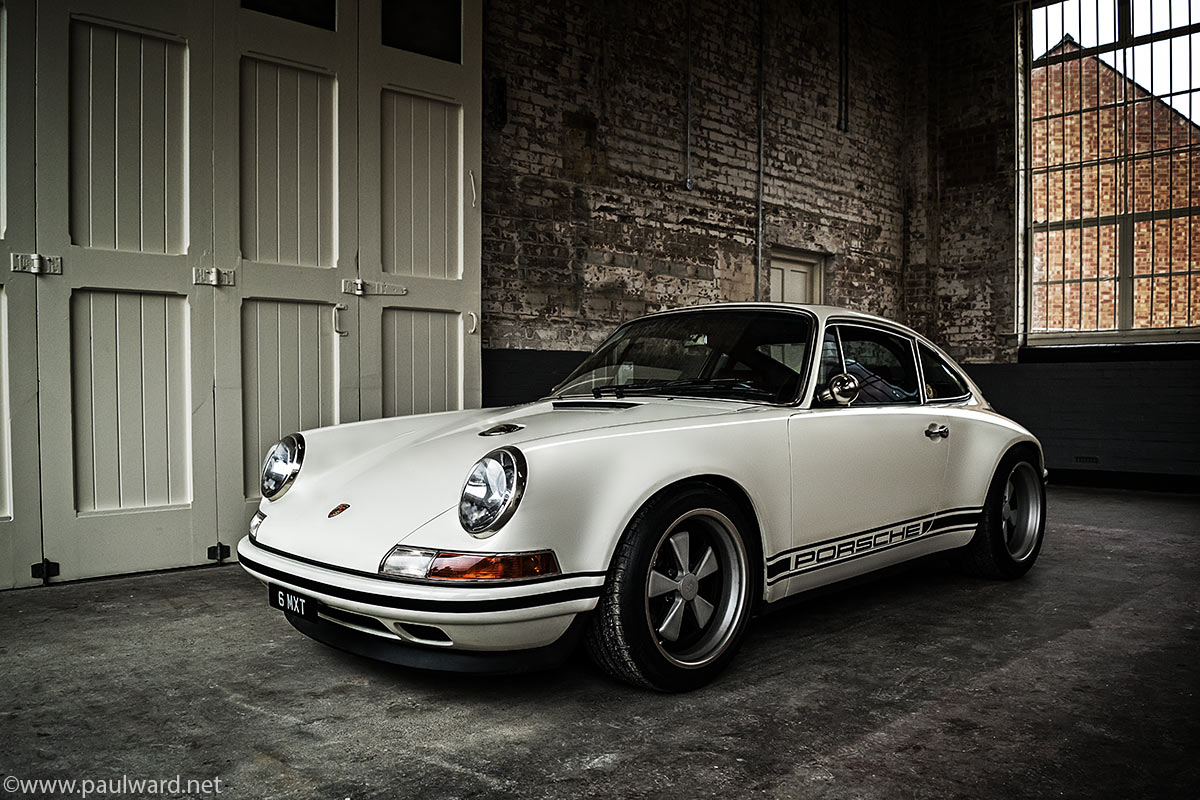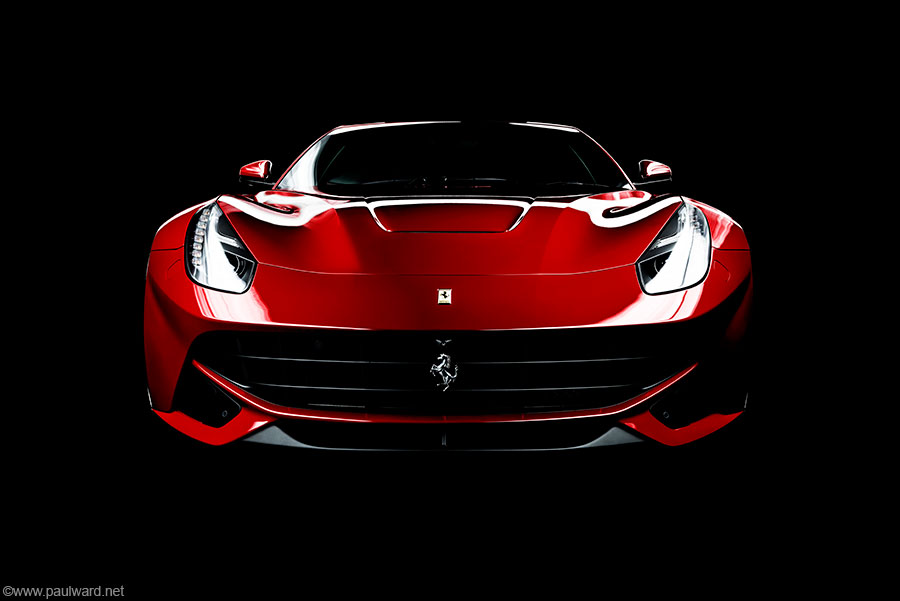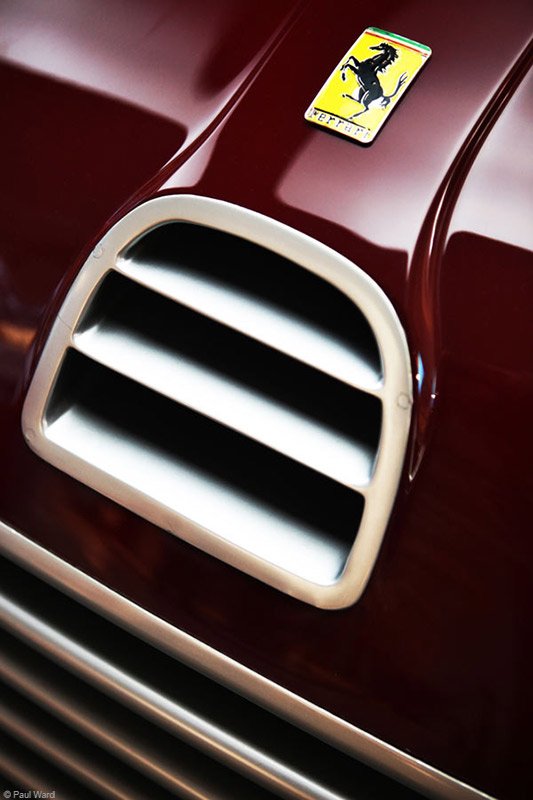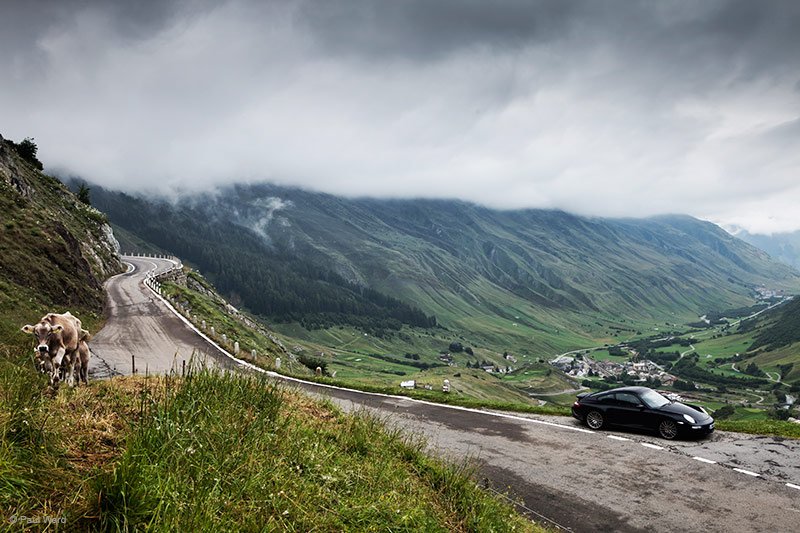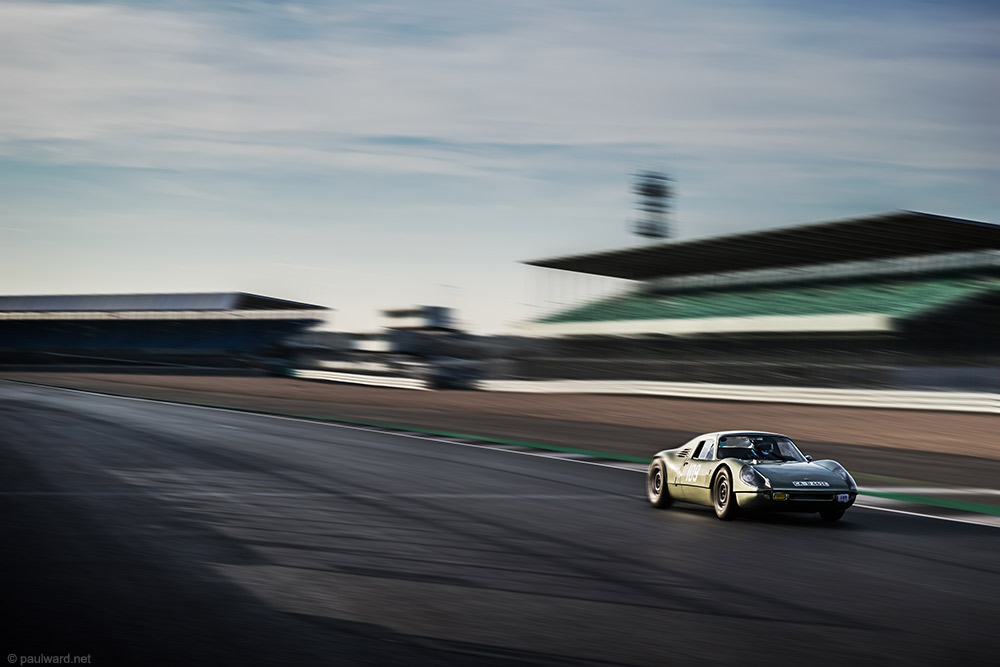4th January 2021
Bagan temples, Myanmar, travel photography by Birmingham photographer Paul Ward Read more!
4th January 2021
Architectural Photographer Cunard Building Wall st, New York by Paul Ward Read more!
4th January 2021
Cutlery shoot, Hair and Makeup photography by Birmingham portrait photographer Paul Ward, Model Naomi Read more!
4th January 2021
Christian Louboutin shoes, commercial photography by Paul Ward, Birmingham photographer Read more!
4th January 2021
Star Child – Fine art photography, British photography awards shortlisted image by Birmingham portrait photographer Paul Ward Read more!
4th January 2021
Amilcar Dashboard, vintage car photography by Birmingham automotive photographer Paul Ward Read more!
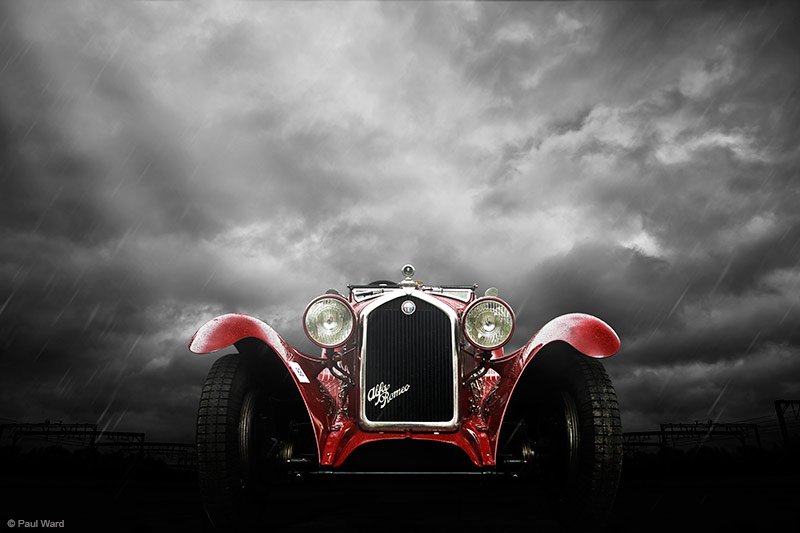
4th January 2021
alfa romeo 6c by Birmingham car photographer Paul Ward This image is available as 1 of 100 limited edition prints from Limited100 The Alfa Romeo 6C name was used on road, race, and sports cars produced between 1927 and 1954; the “6C” name refers to the six cylinders of the car’s straight-six engine. Bodies for these cars were made by coachbuilders such as James Young, Zagato, Touring Superleggera, Castagna, and Pininfarina. Beginning in 1933 there was also a 6C version with an Alfa factory body, built-in Portello. In the early 1920s, Vittorio Jano received a commission to create a lightweight, high-performance vehicle to replace the Giuseppe Merosi designed RL and RM models. The car was introduced in April 1925 at the Salone dell’ Automobile di Milano as the 6C 1500. It was based on the P2 racing car, using a single overhead cam 1,487 cc in-line six-cylinder engine, producing 44 horsepower. In 1928 the 1500 Sport was presented, which was the first Alfa Romeo road car with double overhead camshafts. Read more!
4th January 2021
Singer Porsche 911 photography by Birmingham car photographer Paul Ward photographed on location at Bicester Heritage. Available as a limited edition print from Limited 100 Singer Vehicle Design was started by Rob Dickinson – an ex-rock musician who then became a car designer and now stands as one of the world’s foremost distillers of the essence of air-cooled Porsche. Singer specialises in the 964-chassis 911, built from 1989 to 1994. The 964 was the first street 911 with coil-sprung suspension, replacing the traditional torsion bars. The 964 chassis also retains Porsche’s classic rear trailing arms, which disappeared in 1995. Along with a rear weight bias, trailing arms help these 911s do wonderful things in corners when you snap your foot off the throttle, and that’s all you really need to know about that. Read more!
4th January 2021
Ferrari F12 by Birmingham automotive photographer Paul Ward Read more!
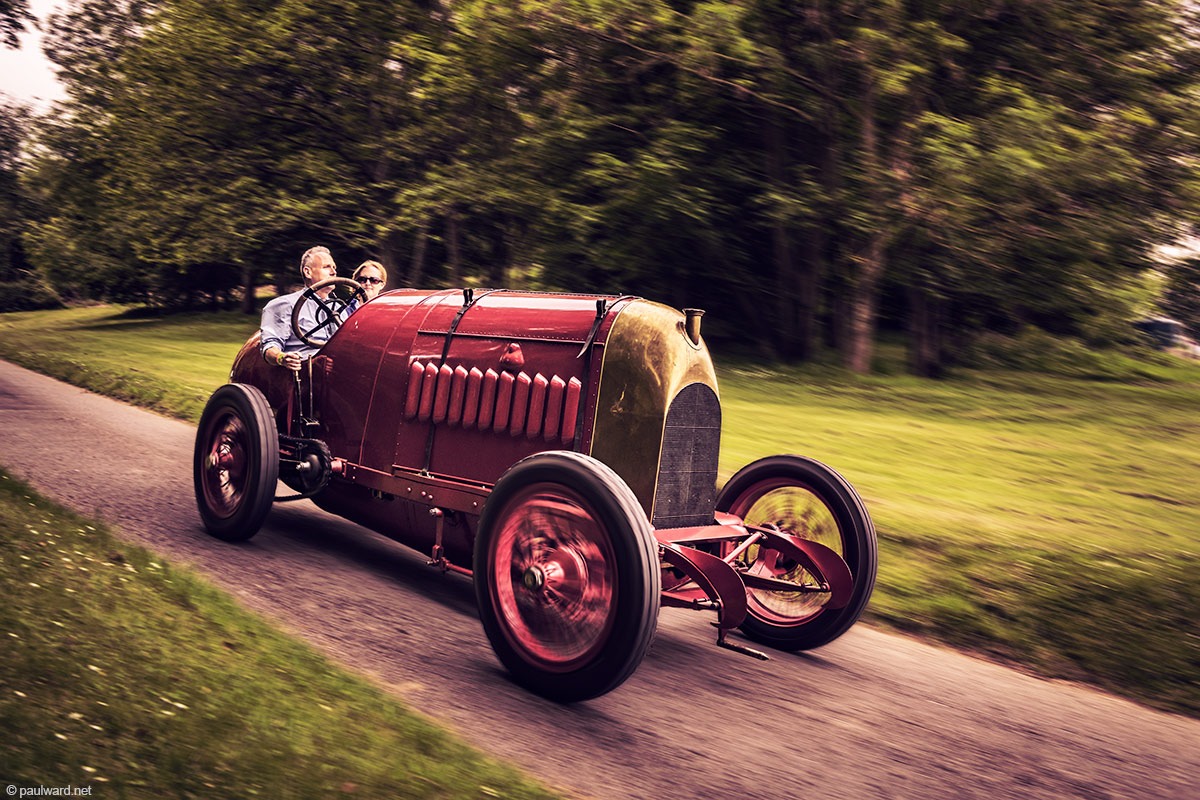
4th January 2021
Fiat s76 Beast of Turin by car photographer Paul Ward The Fiat S76, known as The Beast of Turin is the one surviving example of a pair of land speed record contenders the Italian automaker built before WWI. ‘The Beast of Turin’ was built in 1910 to beat the land speed record, held at the time by Blitzen-Benz. Its 28.5-litre Fiat S76 engine is capable of an impressive 300bhp – enough to propel the car to 116 mph, and a one-mile land speed record, in 1911. After WWI Fiat dismantled one of the two impressive machines to prevent rival manufacturers obtaining its technical secrets, while the other one was purchased by Russian aristocrat Boris Soukhanov. It eventually made its way to Australia, where it was modernised and displayed as a ‘Fiat Racing Special’. In 2003, engineer enthusiast and current owner Duncan Pittaway brought the dismantled chassis back to the UK, and reunited it with the original 28.5 litre four-cylinder engine, which is capable of providing an impressive 300bhp – enough to propel the car to 116 mph, and a one-mile land speed record, in 1911. Read more!
4th January 2021
The Ferrari 125 S front end by car photographer Paul Ward (commonly 125 or 125 Sport) was a 1.5 litre race car built in 1947 by automaker Ferrari of Modena, Italy, its first vehicle. Only two were made. Although preceded by Enzo Ferrari’s Auto Avio Costruzioni 815 of 1940, the 125 S was the first vehicle to bear the Ferrari name when it debuted on May 11, 1947 at the Piacenza racing circuit. Like the 815, but unlike its inline-8 predecessor, partly developed from Fiat engine components, the 125 S featured the Ferrari designed and built Colombo V12 (the “125”), a trait it shared with most Ferrari cars of the following decades. The 125 S was replaced by the 159 S later in 1947. This image is available as 1 of 100 limited edition prints from Limited100 Read more!
4th January 2021
Porsche 911c4 in the swiss alps by Birmingham car photographer Paul Ward Read more!
4th January 2021
Porsche 904 racing automotive photography by car photographer from Birmingham Paul Ward This image was shot at Silverstone circuit History The Porsche 904 is an automobile which was produced by Porsche in Germany in 1964 and 1965. It was officially called Porsche Carrera GTS due to the same naming rights problem that required renaming the Porsche 901 to Porsche 911. Read more!
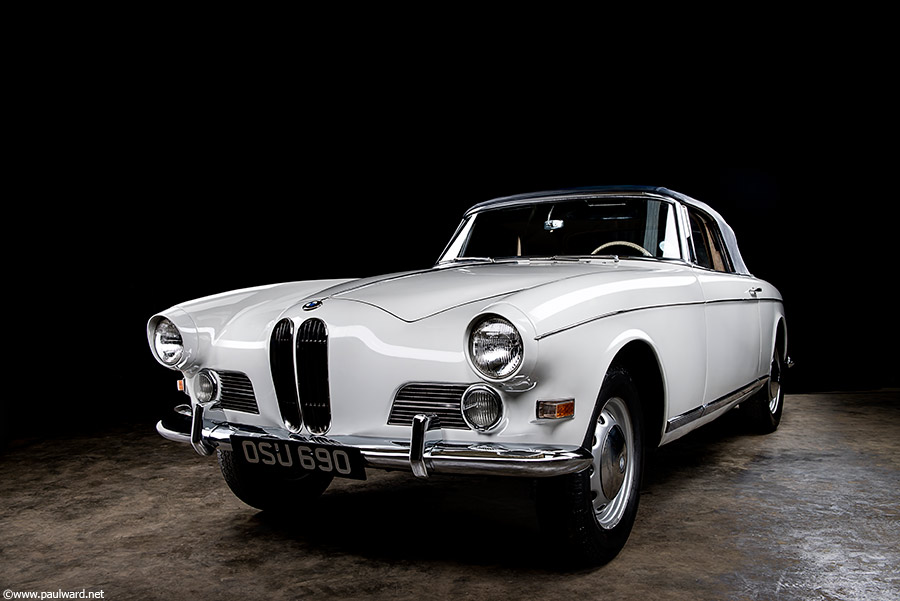
4th January 2021
BMW 503 by car photographer Paul Ward. Photographed on location using a studio type setup History The BMW 503 is a two-door 2+2 grand touring automobile from the 1950s. BMW developed the 503 alongside their 507 roadster in an attempt to sell a significant number of luxury cars in the United States. The 503 and 507 cost about twice their projected price and did not recover their costs. During production from May 1956 to March 1959, 413 units of the 503 were built. Even though it was a prestige model it resulted in heavy losses for BMW. The Bertone-bodied Cabriolet’s official production began in the summer of 1956. The BMW 503 Cabriolet is notable as the first German automobile to have an electrically-operated power top. The 503 also touts welded tubular frame construction, aluminium panels, an alloy V-8 engine, and very high-quality appointments; all of this made the car very expensive to build, and production of the Cabriolet was thus limited to a mere 139 units. Read more!

